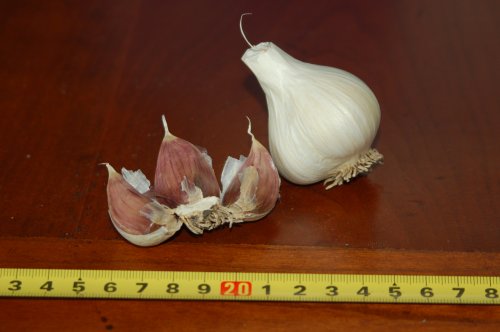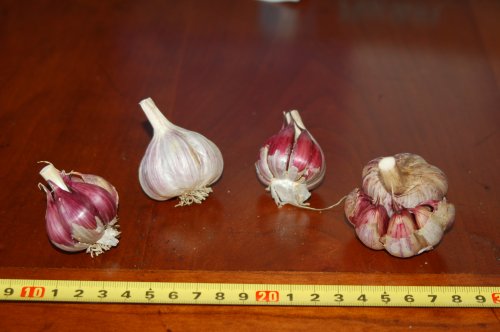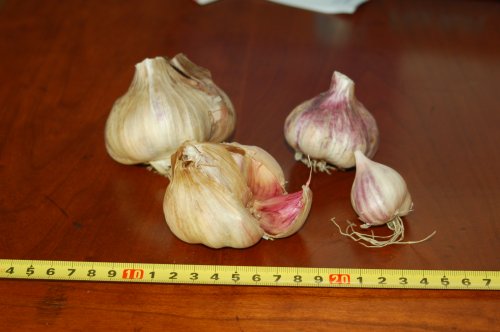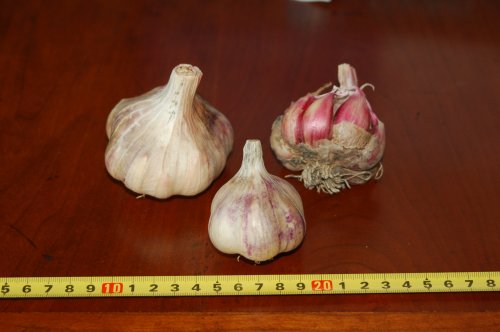I feel very far behind in posting pictures of what I have growing. Here are a few tomato pictures.
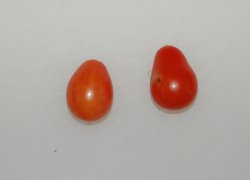
Above is the Red Pear tomato Ashleigh gave to me.
It’s a cute little plant, and the tomatoes are nice. The plant is not very prolific, and the foliage is amazing susceptible to diseases like powdery mildew and early blight. My plant hardly has any leaves left, because I’ve had to remove them all.
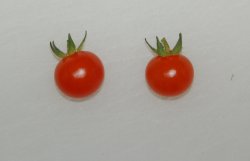
These are currant (also called wild) tomatoes. I am growing two kinds that look exactly the same, Sugar Cherry Currant and Matt’s Wild Cherry. The former is more prolific and the latter has a better flavor and more compact plant.
I have been growing currant tomatoes for a while because they have some blight resistance. It means when my tomatoes get blight, these plants will last longer and continue to bear fruit, meaning I can still have some tomatoes when the other plants have died.
It turns out here are two problems with this logic. The first is even though the plants don’t die right away, they remain infected and spread blight spores. The other thing is, when all is said and done, currant tomatoes aren’t very exciting. They are small and very sweet. I like them, and will probably keep growing them, but if all my other tomatoes die and all I’m left with are currant tomatoes, it’s a bit of a disappointing year.
Finally, here is a picture of an F2 generation cross (Whippersnapper x Ida Gold) I got from my friend Lieven. F2’s are genetically unstable. I grew 3 plants and they are all a bit different:

The parent plants are red and gold. Above you can see the first is red and the second is yellow. The third one is also red, but is has some problems ripening. The third plant is obviously a little genetically defective. Some of the tomatoes on the third plant also develop unripe white spots, even though the rest of the tomato is red. Eventually the fruits on the third plants ripen fully to red.
One parent is determinate and the other is indeterminate. Of my three, one seems to be mostly determinate and the other 2 indeterminate.
All of the plants are very small and compact. The first two taste better than the third, but in fact they all taste really good!
